Meet an Educator is a monthly series by Early Bird, where we feature the work of educators across India who are actively spreading the joy of birds and nature. This month’s featured educator is Nayantara Siruguri, a wildlife conservation practitioner based in Northeast India with a focus to design and support nature education programmes at the grassroots in collaboration with indigenous communities.
Do tell us about yourself, where you are from, and your work.
I am a wildlife conservation practitioner based in Northeast India. I work with Canopy Collective and the Green Hub Project, focusing on designing and supporting nature education programs at the grassroots in collaboration with indigenous communities. I am interested in questions and issues at the intersection between indigenous ecology, human behaviour, political ecology, and nature-based pedagogies.
One of my primary projects is a collaborative place-based nature education program being developed with the Konyak community of Changlangshu village in Nagaland, to support local eco-restoration and conservation initiatives. Through this project, in collaboration with the local Biodiversity Management Committee, we have been trying to create systems and capacities for an enthusiastic local team to lead youth engagement and awareness efforts, using place-based pedagogies, collaborations with local and traditional institutions, and experiential learning methods connected with the existing eco-restoration efforts in the village.
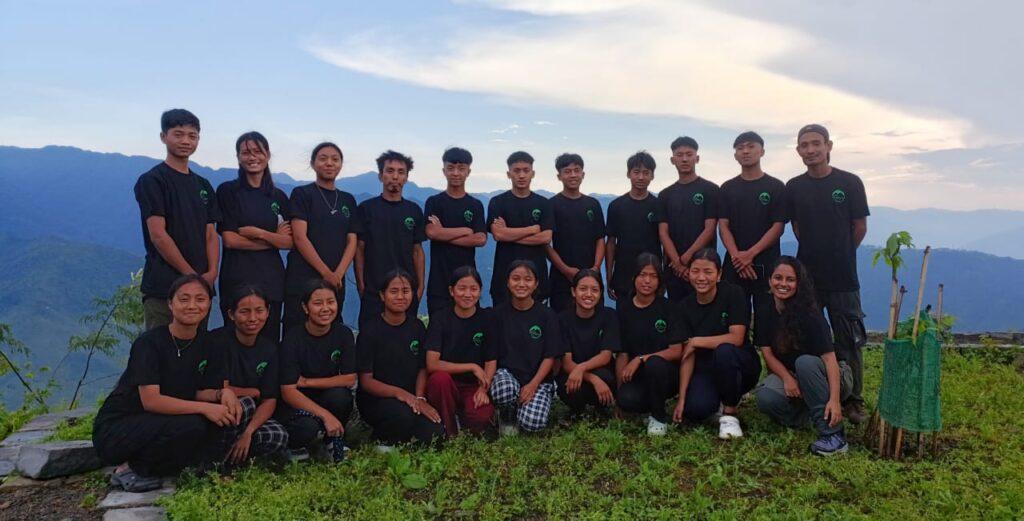
What excites you about the natural world?
I grew up thinking of birds and trees as friends and companions. I have had the privilege of visiting biodiverse spaces and finding access to watch charismatic wildlife and beautiful forests since my early childhood. As a ten-year-old, I would dream of becoming a naturalist or a forest guard, just to be able to spend my life within a forest and all its creatures and wonders. As I grew up and understood more complex things about the world, my appreciation also grew for the many “non-scientific” reasons and ways in which nature could be appreciated.
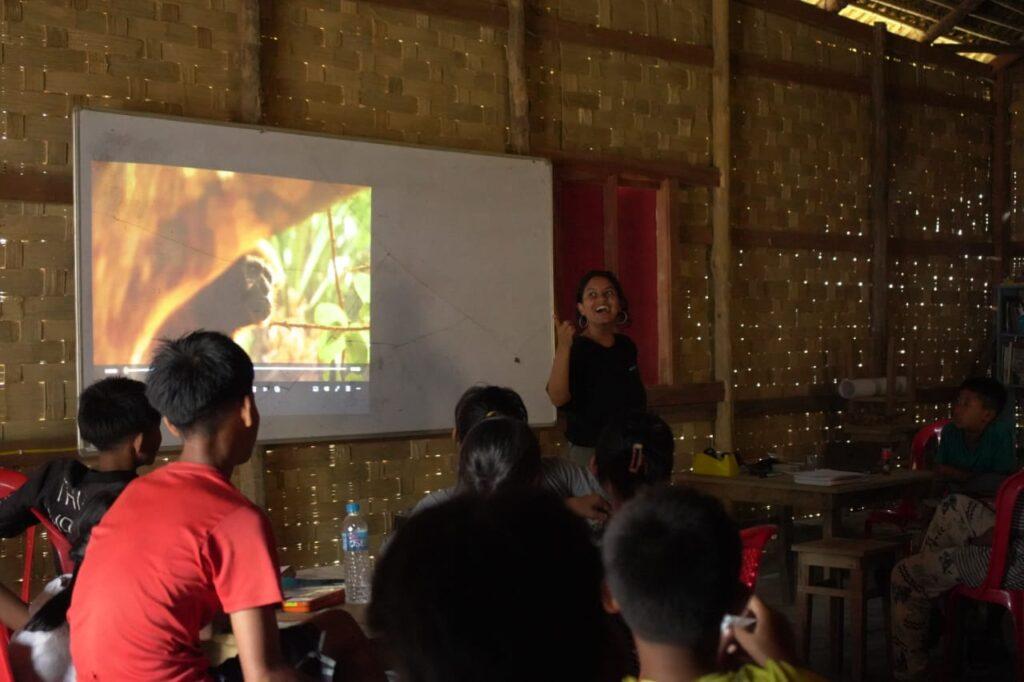
I am deeply fascinated by ideas of nature that exist in the imagination and experience of human beings and their cultures. The absolute wonder of natural history and ecological processes is made even more exciting when one begins to consider and value cultural conceptions of mountains, for example, or people’s stories about the songs that birds sing. If nature and its beings are beautiful, they are even more spectacular in the more-than-human imaginations of indigenous cultures and other communities whose lives are deeply rooted in land and inter-generational knowledge.
When and how did you get interested in bird/nature education?
I think children are the most creative and unabashedly curious group of people, and most forms of mainstream education are unfortunately designed to restrict and limit their creativity. Based on my experience of learning about biodiversity and ecology in my childhood, which was deeply interlinked with a personal, emotional, and value-based connection with natural spaces, I began to float towards the idea of helping children experience such diverse forms of nature-based learning.
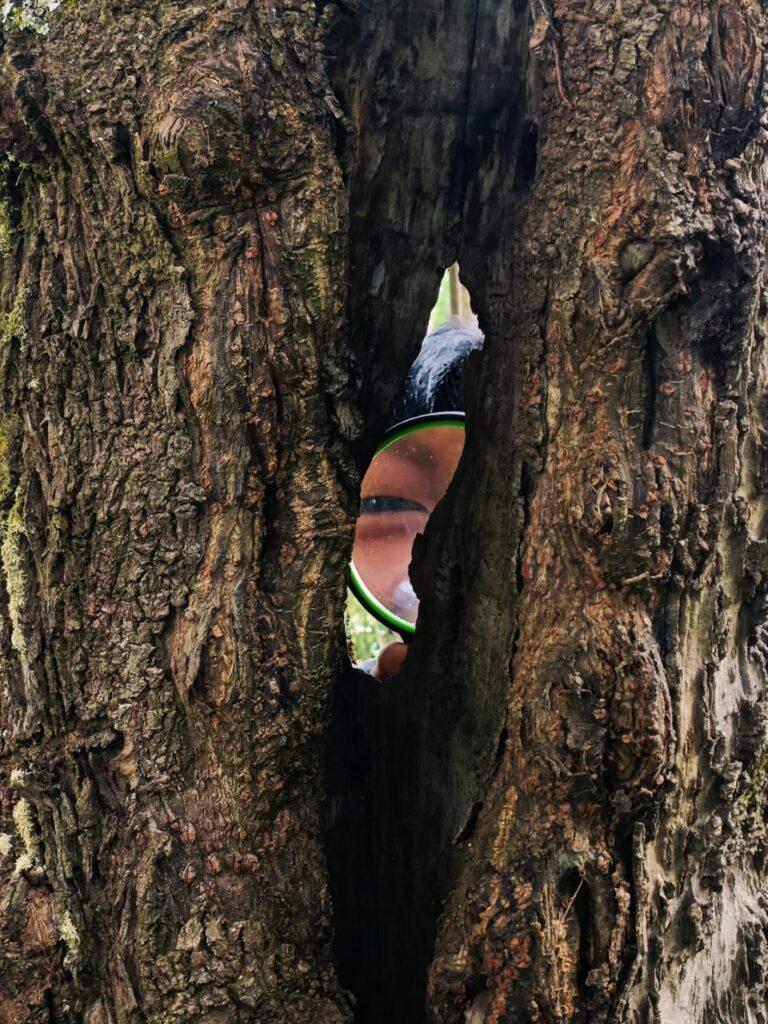
A few years later, as I learnt about non-Western, non-urban conceptions of and relationships with nature, I also became interested in the potential of cultural knowledge in helping us rethink what children’s connection with nature could look like. I now find myself deeply committed to re-imagining “nature education” by resisting Western, colonial, and capitalist ideas of “saving” biodiversity or “re-connecting” with nature and instead grounding it within children’s immediate context, culture and experience and creating relevant opportunities to engage in action.
What do you hope to achieve through your education work?
Currently, my focus is on helping grassroots-level practitioners and teams strengthen their programs by engaging with youth and children at the site-specific level. Local teams across India often have the knowledge, skills, and commitment to lead education projects, but not necessarily access to the resources they would need to design their projects in ways that would ensure sustainable funding and support, and collaborative networks of people doing similar work beyond their region. I hope to leverage the access I have to frameworks, approaches, resources, and ideas in nature education discourses and practices to support teams in creating culturally-inspired and need-based nature education programs.
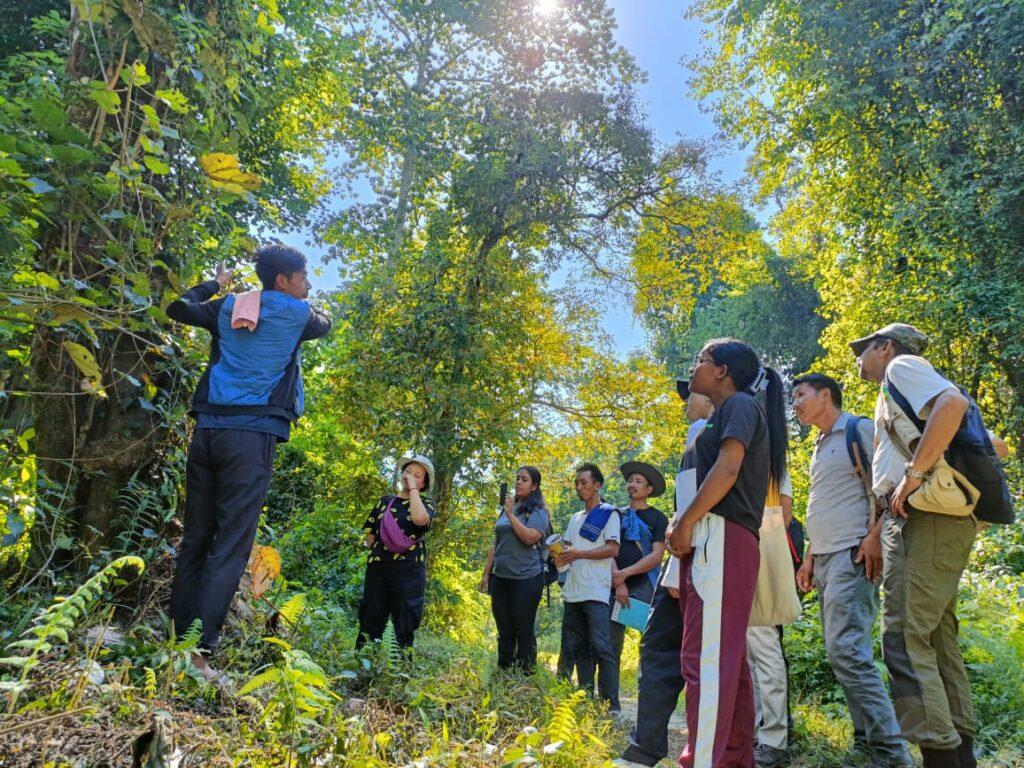
I also hope to help make visible alternative models, systems, and conceptualisations of nature education programmes that move beyond the nature-human dichotomy and take inspiration from “beyond-science” ways of learning and doing. Nature education narratives must move from being driven largely by urban “think-tanks” to localised, grounded, and practice-based alternative models that already exist in places like Northeast India.
Why do you believe it is important for children to learn about birds or connect with nature?
Connecting with “nature” can be thought of as connecting with one’s roots—helping children (and adults) understand how the world works and their position in the complex, interconnected system of ecology, economy, and society. Understanding ecological systems and how society and their lives relate to them also gives them informed channels to take appropriate action as per the needs and issues in the place they reside. As we imagine a more just, equitable, and community-led future for conservation, we must also imagine building personal, cultural, and political relationships with nature as the way forward to empower children to make holistic choices for people and biodiversity.
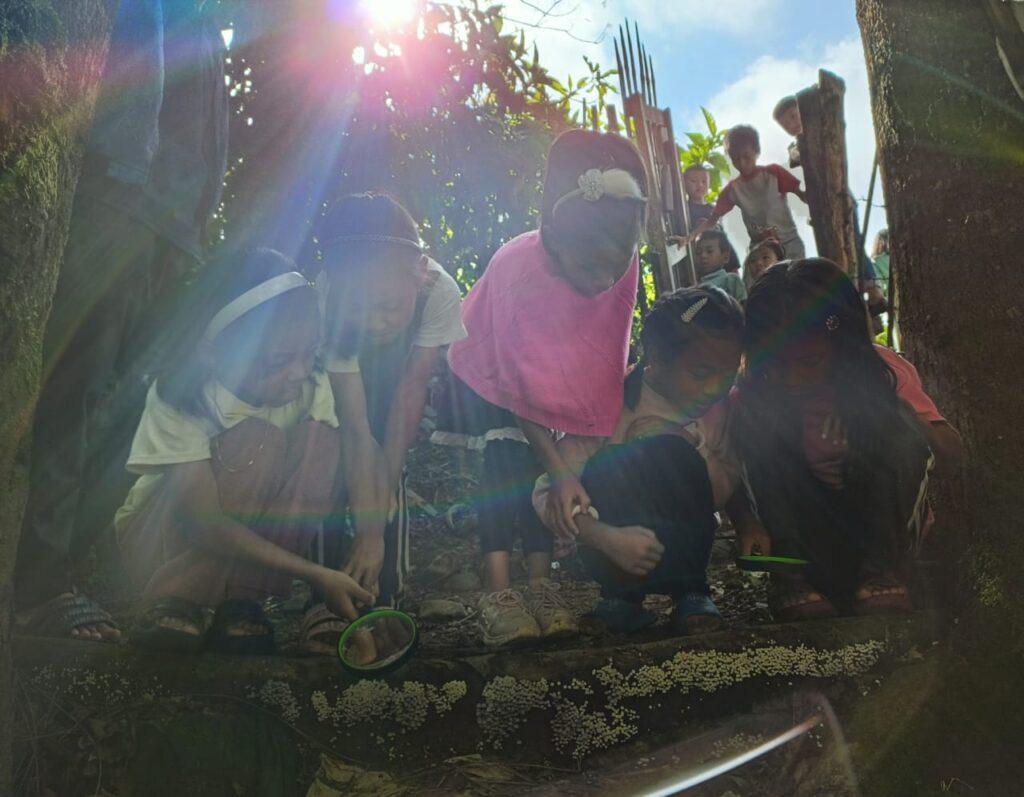
What tools or resources have helped you in teaching about birds? Can you describe an approach that has worked exceptionally well for you?
I have spent the last two years discovering and exploring the idea of place-based learning, and the most important thing it has helped me understand is that the best tool for deep, impactful learning is the place where we live. This inspiration came from the time I briefly worked with the Dibang Team in Arunachal Pradesh, helping them create learning modules based on Idu Mishmi cultural stories that they have been collecting over time. The foundation of such modules is the communities’ knowledge, relations, and collective memory of the place, and serves to connect children with the cultural knowledge rooted in nature.
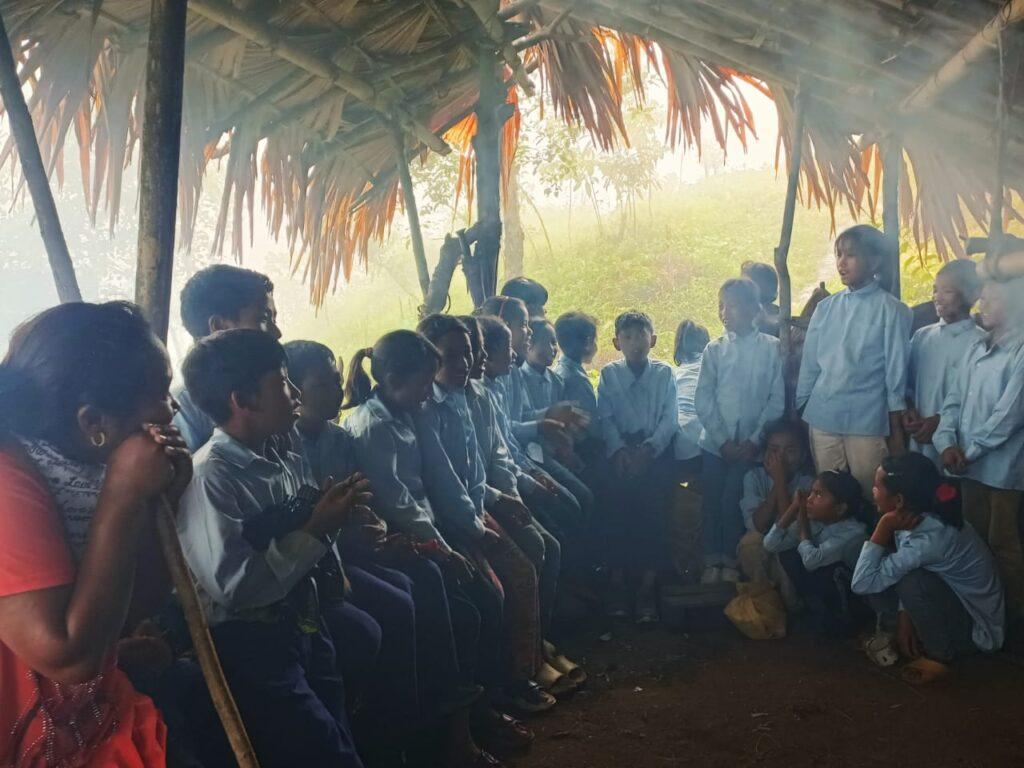
In Changlangshu as well, we have worked towards a similar approach. Based on two main sources—extensive ethnographic research and the lived experience of local team members—we designed learning modules informed by local knowledge, practices, and ways of learning. We documented this process extensively and interpreted it through a “Being-Building-Doing” model, which explores how the nature education program was place-based in what it took inspiration from (being), how resources were designed and created (building), and how the learning modules were trialed and connections were made locally and regionally (doing). This documentation is available in our publication Rooted in Place: Insights on ground-up nature education from Changlangshu, Nagaland.
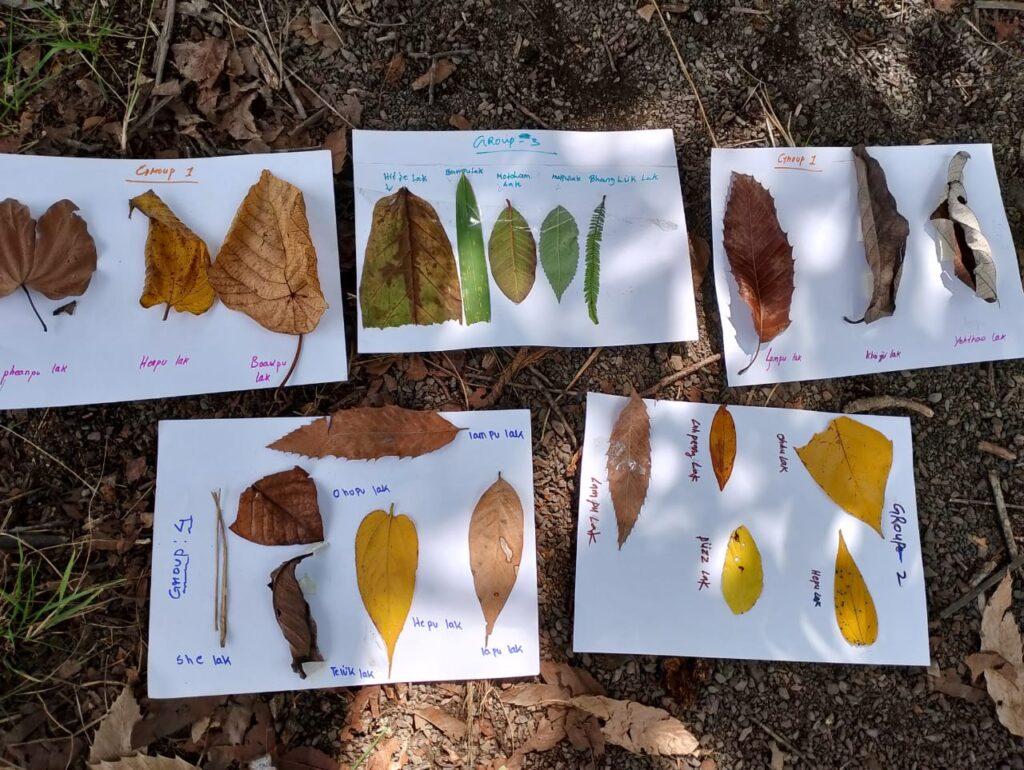
Have you encountered a significant challenge as a bird/nature educator, how did you overcome it?
Words like “educator” and “education” are quite heavy and carry within them implicit biases and assumptions about who knows what, who knows how much, who deserves to “educate” to whom, and so on. One of the most important challenges for me has been to question the ideas and notions of “nature”, “education”, and “nature education” that my training led me to believe in (largely Western-centric conservation ideas), and open myself to accept and put into practice an active consideration of alternative, indigenous ideas of what nature means, and what learning from/with/about nature could mean. I have been assessing my positionality as someone from an urban upbringing, moving to and working in contexts vastly different from what I have experienced in life; finding a balance between not being over-confident about hegemonic ideas of nature education and yet asserting confidence as a woman in a field where that is also difficult, has been one of my biggest challenges lately.
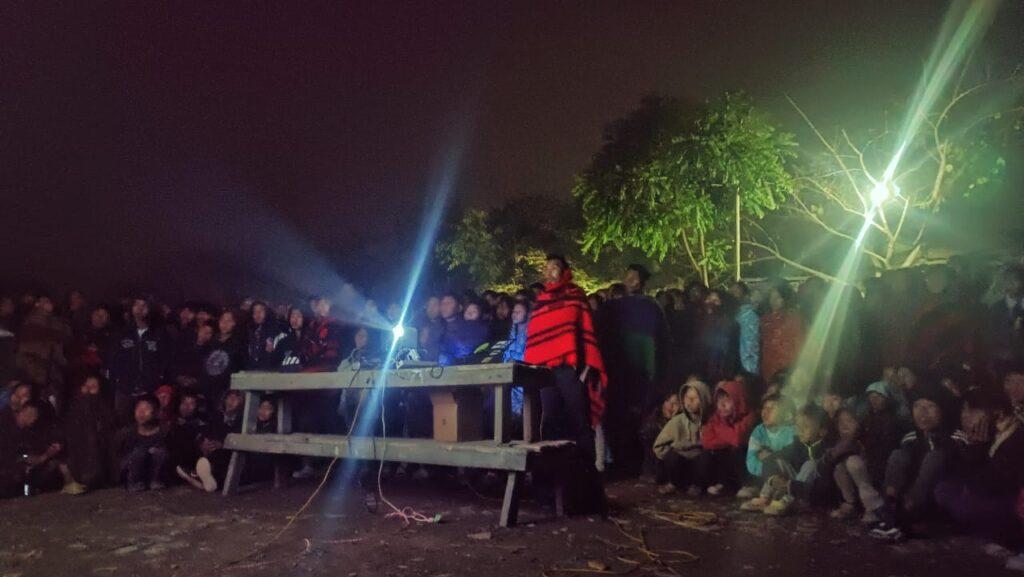
Being in an environment where I find lots of inspiration—from the numerous incredible people working at the grassroots in Northeast India, to the places that offer inspiration in the form of ecological and cultural diversity—has definitely helped in overcoming some of these cycles of deep questioning. I constantly learn about different ideas of conservation, education, and action, that help me broaden my understanding of what it means to actually do the right things the right way.
Do share any memorable moment or experience you have had in teaching kids about birds/nature. Can you recall any insightful instance that shaped your perspective?
I spend a lot of time in Changlangshu just “hanging out”, in a way that the anthropologist Clifford Geertz (1998) conceived of it as an ethnographic practice, but also in the way that we all understand the term. I hang out with the kids very often. And more than any of the pre-planned learning sessions that we organise in the village, it is these interactions that have significantly shaped my understanding of children’s perspectives, needs, and lived experiences in Changlangshu. The children that are supposedly our learners, are the ones who teach me their language, tell me about the things they enjoy and like, and share their joys of rolling around under the sun among the trees and flowers.
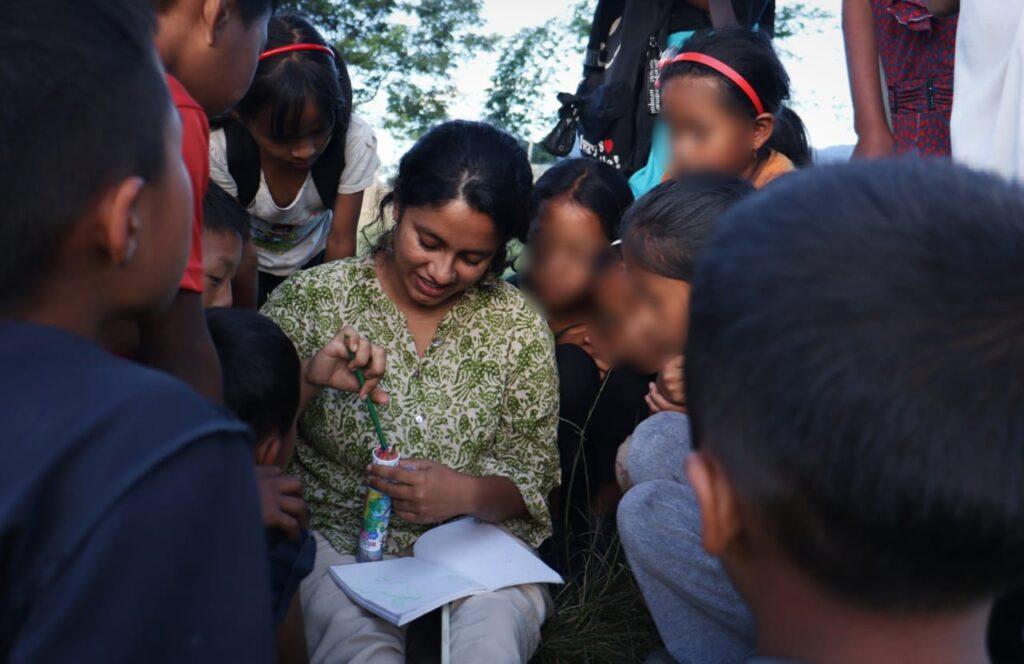
The time I spend with them has informed our learning sessions to a great extent, and has even inspired some of the activities that we have designed. Through these interactions I have learnt about children’s ideas of nature, the things that draw them to insects and birds, and gotten small glimpses of a lived connection with what surrounds them. All of these instances, of drawing with the kids, lying down on the grass with them, watching them play with flowers, listening to them imitate bird calls, and cooking with them, have been some of my most memorable moments of learning.
Have you noticed any changes in your learners after they received exposure to birds and nature-based learning? If yes, what are they? If not, why do you think that is?
For the longest time the activities that I would try with my colleagues and the sessions that we would do were based on a very erroneous idea that we need to “connect” or “expose” children to things that they are apparently “separated” or “distant” from. Children watch birds all the time, even if they don’t “bird-watch” in the way that we think they should. Similarly, they have their own unique observations, perceptions, and behaviours with the world around them—including biodiversity and natural ecosystems—which are rich in experiential knowledge and reflection.
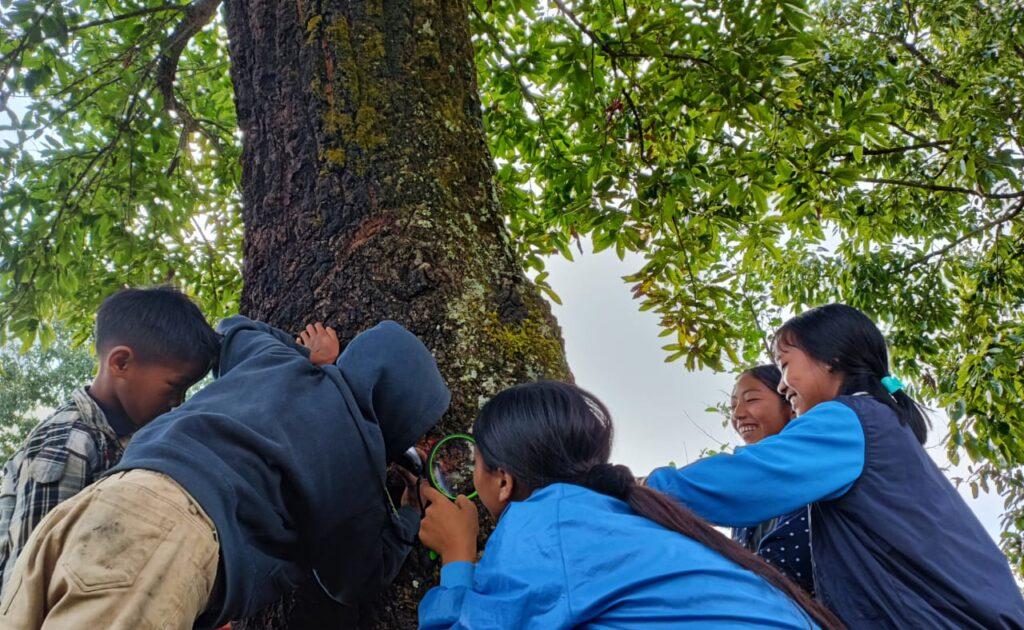
It took me a long time to understand this, and I still find it challenging to implement it in innovative, “unfamiliar”, but arguable more relevant ways. We have just begun doing sessions that are less about “nature” and “birds” and “biodiversity” as concepts and more about playing, singing, hanging out, and just having a good time in natural spaces and connecting with them. We’ve seen that in such sessions children truly feel free to experience nature in ways that feel meaningful, and it is these kinds of sessions that stay fresh in our memories. I hope we find a way to work with these children to understand the best ways in which we could create such experiences.
What message would you have for your fellow educators, or somebody starting out in their nature education journey?
I’ve met some extremely creative and enthusiastic people in this community, and I always feel grateful for that. I do think that “nature education” needs a slight re-imagining; we need to question the kinds of philosophies and assumptions behind what we seem to be “educating” people about. Nature education is still largely driven by fortress conservation and “wilderness” approaches, which assumes that nature and humans are separate, that they need to be “connected”. It is also conveniently narrowed down to issues like “biodiversity” and “ecology”, without engaging with socio-political systems that are necessary to foster active citizens.
We would all do well by taking inspiration from fields other than ecology and conservation, learn from artists and anthropologists, and ground our work in the many cultures in this country that are rooted in people’s everyday relationships with land and the environment.

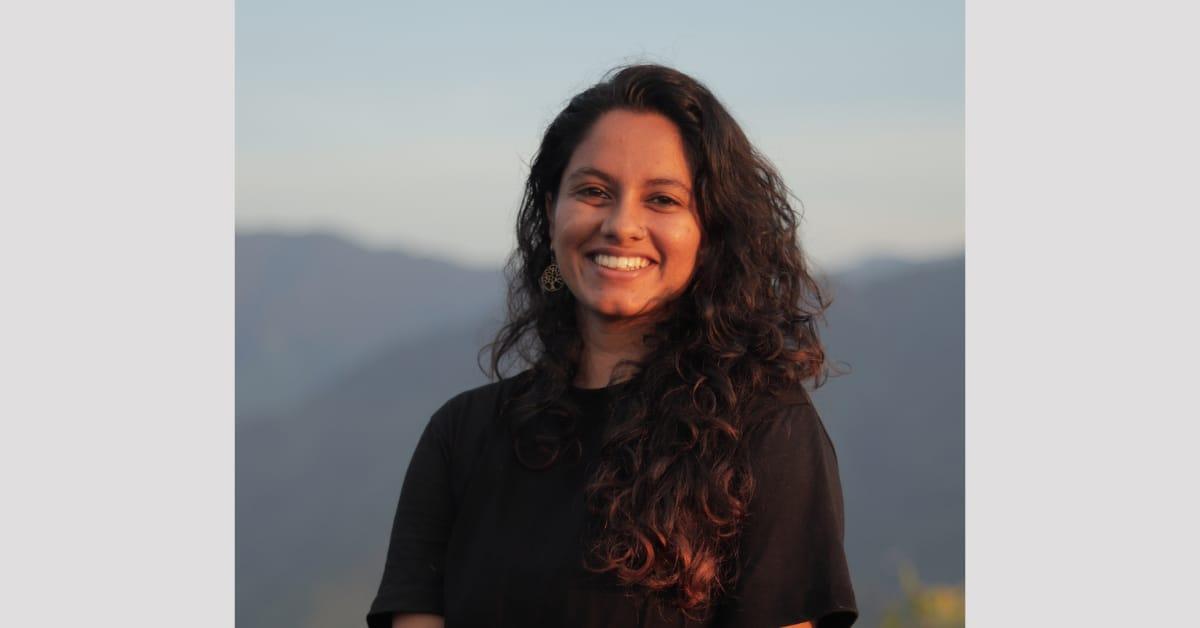
“”Words like “educator” and “education” are quite heavy and carry within them implicit biases and assumptions about who knows what, who knows how much, who deserves to “educate” to whom, and so on. One of the most important challenges for me has been to question the ideas and notions of “nature”, “education”, and “nature education” that my training led me to believe in (largely Western-centric conservation ideas), and open myself to accept and put into practice an active consideration of alternative, indigenous ideas of what nature means, and what learning from/with/about nature could mean.””
– Echoing the same thoughts. Good read. 💚
Nayantara is a rockstar! I have personally not been a kid in her class but have heard people rave about her creativity, infectious energy and knowledge as a conservation educator. So beautifully written!! 😀